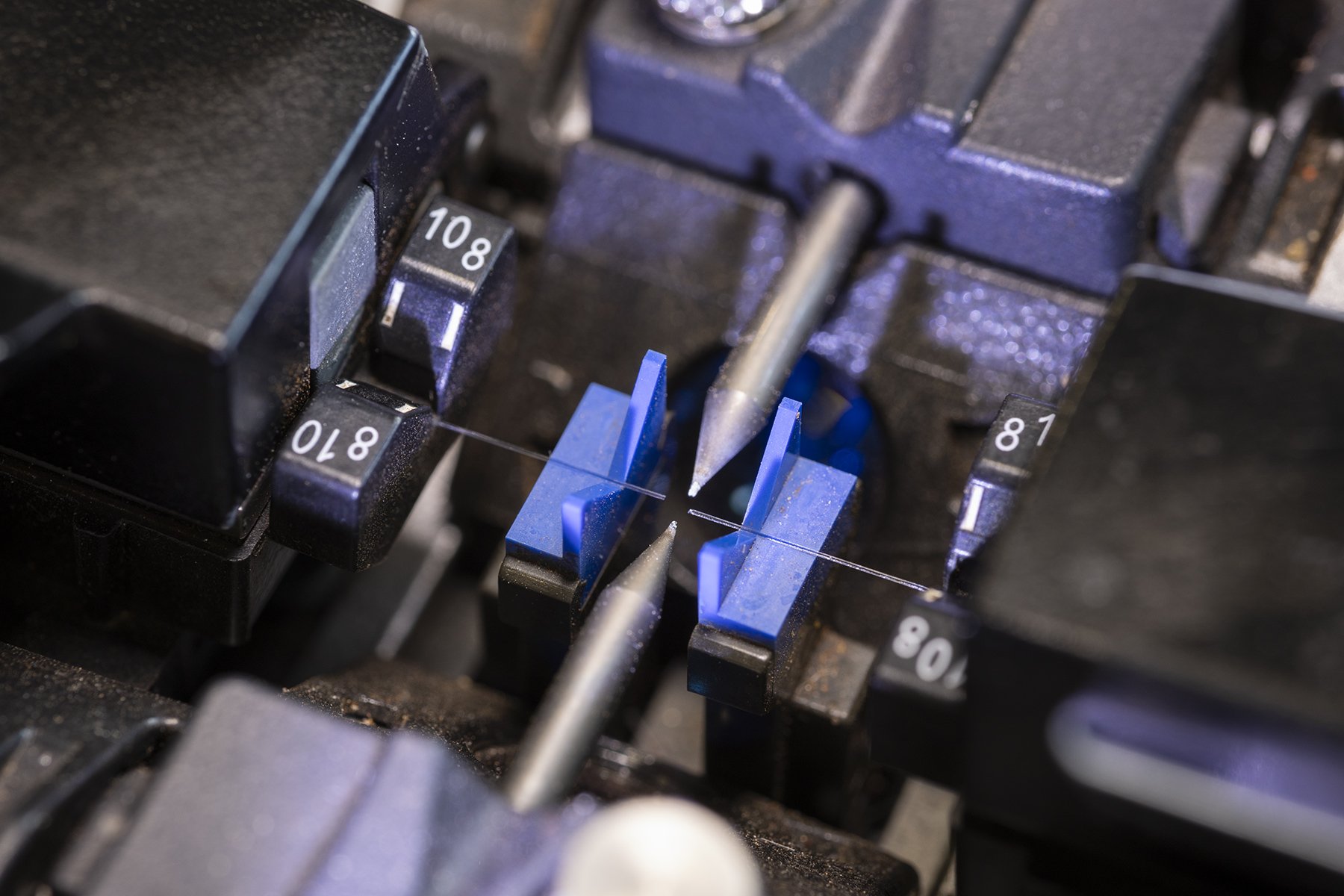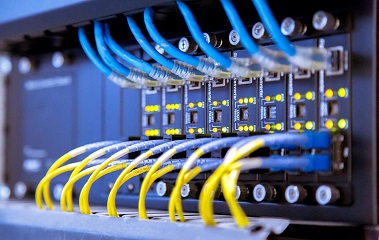Enhancing network performance: the importance of fibre optic welding
As usage increases, telecoms network technologies have evolved. Fibre optics has become a key network technology, thanks to its ability to transmit data at very high speeds and over great distances. But to exploit its full potential, you need to master a delicate art: fibre optic welding.
What is fibre optic welding?
Optical fibre is a very thin glass wire through which light travels to carry data. To link 2 fibre optic cables together, they have to be soldered or "glued" together to form a single cable.

Why is this important?
Correctly soldering the fibres together ensures that the fibre optic network functions properly, whatever its use. Soldering not only affects the quality of the signal passing through the cable, but also the physical robustness of the network: it's harder to break a well-soldered cable!
Where is it used?
But it's also useful for local networks: it's used to link computer cabinets together, to ensure maximum throughput at the head end of the network, and even to connect WiFi terminals. Wifirst masters all the subtleties of local fibre optic networks, so we can offer the best technical architecture for each customer (point-to-point fibre, GPON, etc.).
Conclusion
Optical fibre welding is a crucial element in the construction and maintenance of high-performance, reliable optical fibre networks. By mastering this technique and ensuring the quality of soldering, network operators can guarantee optimum network performance.
- Wifi (36)
- Hotel Industry (18)
- Digital Workplace (13)
- Behind the scenes (8)
- IPTV - Signage (8)
- Optical fibre (7)
- Green-IT (5)
- Retail (5)
- Education (3)
- Healthcare (2)
- Cybersecurity (1)
- General (1)
- Hospitality (1)
- PBSA (1)
- Student Accommodation (1)
- Telephony (1)
- Tips and tricks (1)
- Tourism (1)
- Wifirst (1)
You May Also Like
These Related Stories

WiFi Surveys: The Key to Reliable Business Connectivity

Reliable Business WiFi Solutions: Powering Your Enterprise Growth
